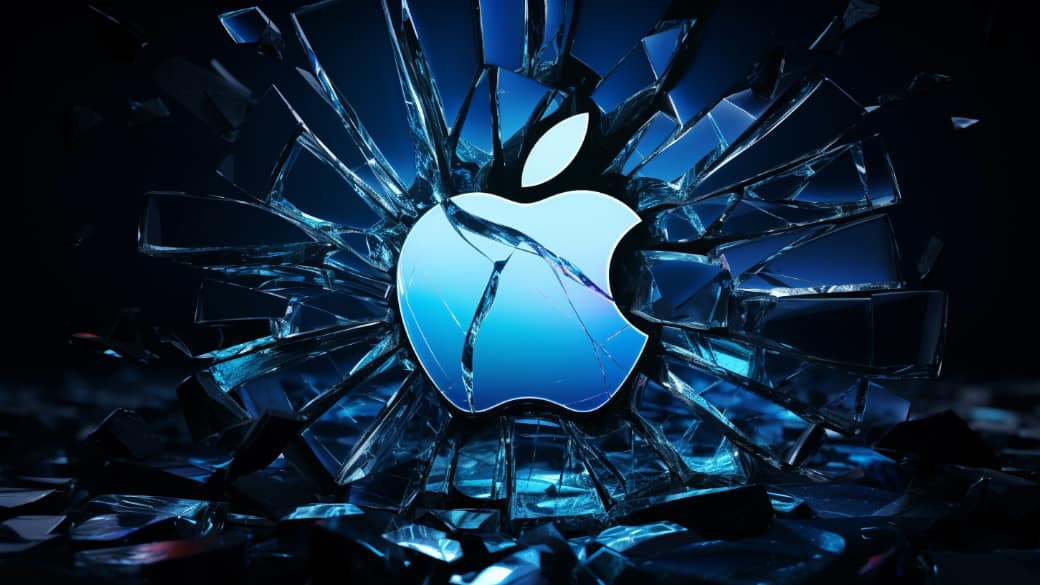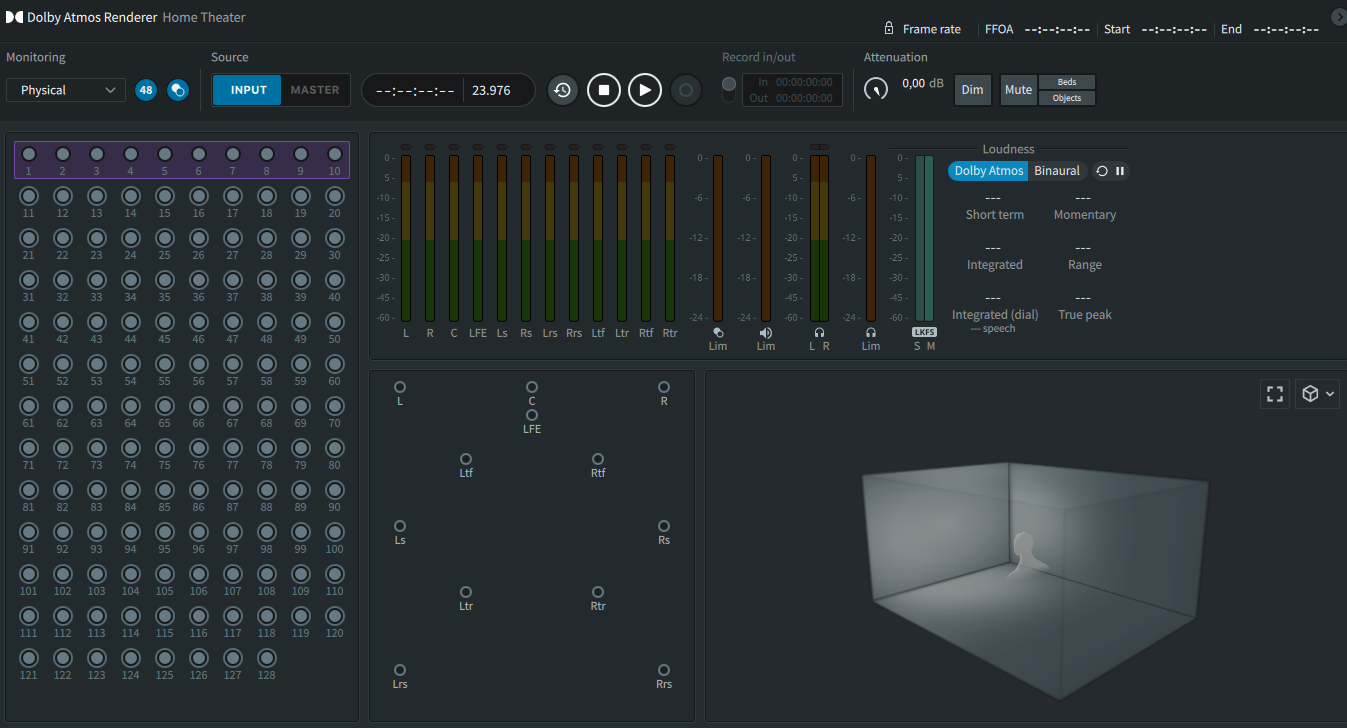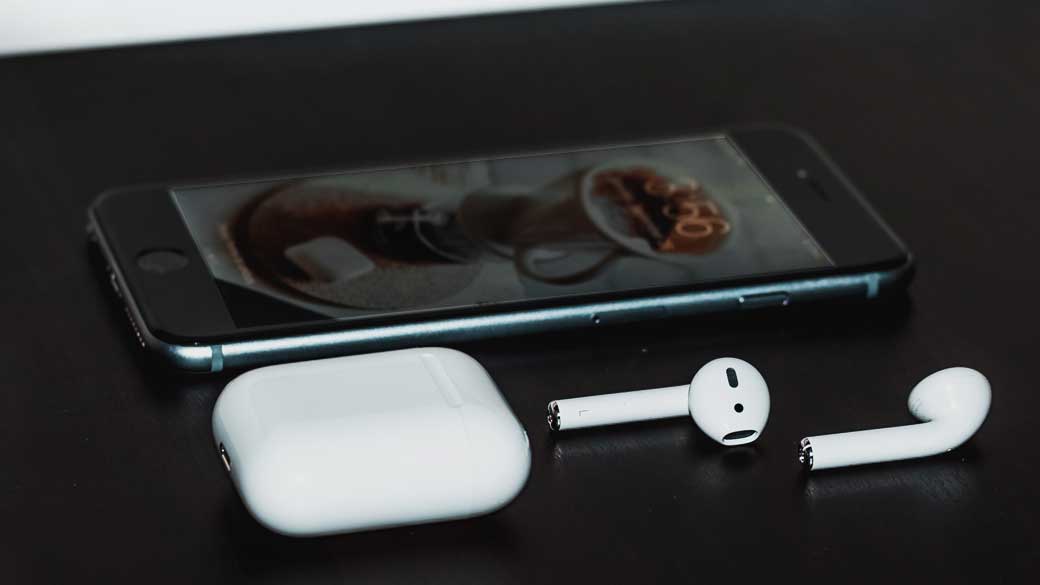
Dolby Atmos Apple Music: Why It Sounds Bad and How 3D Spatial Audio Can Do Better
Content
Admittedly, I thought long and hard about joining the discussion. Even though I love (to hear) music, I know that 3D music is a huge unknown. But after getting lively feedback on LinkedIn, I want to show what exciting applications for apple music are and why dolby atmos music doesn’t work so well (yet).
Everyone is talking about Apple’s spatial audio. On the one hand, I think that’s great because it means my niche topic is gaining more and more momentum. Although on the other hand, few can look behind the curtain and understand the added value to what it is about spatial audio tracks.
Apple Music subscribers have access to the Spatial Audio with Dolby Atmos library at no additional cost. Songs available in Dolby Atmos can be identified by the Dolby Atmos badge on album detail pages.
Because the use cases for 3d audio make huge differences in how well the sound can be used at all. For example, movies already work very well with the Airpods Pro. The ARKit (Augmented Reality Developer) stands on its own. But what about Apple music? Let’s hear it!
Updates:
- 21/08: Apple Music is now also supported by Android. Other than iOS, there is also a cross-fade feature.
- 21/10: Apple Music just enabled head-tracking for Apple Air Pods Pro and Air Pods Max exclusivly. Let’s hear if the mixes will fall apart as mentioned in this article or it will catch on.
Update 23/10 Money and Spatial Audio:
Apple has announced its intention to increase the compensation for music in Spatial Audio, addressing this in a communication to distribution partners and uploaders on Apple Music. While the exact amount of this compensation remains undisclosed, it underscores Apple’s growing commitment to 3D audio.
Previously, only a small portion of music was available in Spatial Audio via dolby atmos music, but this is set to change. However, it remains unclear whether these changes will directly benefit the artists.
Update 23/10: Apple Vision Pro and Spatial Audio:
Apple’s intensified focus on Spatial Audio aligns well with the recent unveiling of the Apple Vision Pro VR (virtual reality) headset. This headset is touted to feature the most advanced Spatial Audio system to date. To learn more about the technology behind the Apple HMD audiotech, read here.
Naturally, it needs the right music to complement its capabilities. Apple’s investments in Spatial Audio raise the question of whether the costs will be passed on to the users. It will be intriguing to observe how Apple Music compares to other music streaming services.
Is 3D audio really always better than the stereo version?
Even though I am probably one of the biggest enthusiasts in the field, I like to question my work. In this case, exceptionally also from colleagues. Simply to make sure that with 3d sound my enthusiasm can also reach the user. That’s the only way innovation can happen.
And that’s not possible with the mindset that immersive 3D audio is automatically better than stereo. But this is exactly how Dolby Atmos tracks are advertised on Apple Music. Reality shows, that some titles sound worse as spatial audio than the original. This worries me because there is a danger that people will be put off, not hooked, by spatial audio. What does “worse” mean and why is that? More in detail later.
Here I’ve already pointed out all the conceivable immersive media content besides music that is definitely more fun with spatial sound. But hearing music in stereo is not broken. On the contrary. I like the feeling of having the sound fully on my ears via headphones. Besides, the enjoyment works equally well on speakers. But what is going wrong here right now?
Dolby Atmos Music
The technology behind it is super interesting. Therefore, I will dedicate a blog post about dolby atmos for music in the near future . The main focus here will be on what the initial situation is and what can be done even better.
By the way, Sony 360 audio reality is facing very similar challenges. In other words, the article mainly refers to the Dolby Atmos music content. That is, the demos, songs, and examples that have already been released. Apple Music did not produce these. So this also applies to the titles from Sony 360RA that are already available free of charge.
That means music has little to do with the drama I’m pointing out here. By the way, the Dolby Atmos Music content was already listed on other streaming providers as I have listed it here. So Spotify, Tidal, Amazon Music and co. can do little for the chaos that has been created, which we will now clean up:

Trigger Alarm: “Made for Spatial Audio”.
What really broke the camel’s back for me is this playlist on music.apple.com.
Actually great, a playlist where all the tracks have been mixed in 3D audio. That makes my heart beat faster at first, especially when you see the selection, which is quite lush for 3D. There’s a lot from pop to rock, classical and electro.
But wait a minute. Most of the titles and artists look familiar to me. They already had a solid stereo mix, didn’t they? YES! Meaning that the slogan made for 3D audio is a lie. I really hate to say this, but something like this could also be called misleading advertising.
Why am I getting hung up on this? Because this is exactly the crux of the matter! I can anticipate the article:
It makes little sense to take an already existing stereo song and mix it again in 3D. You have to consider for the production how 3D audio can be used at all to its benefit.
It can work, but in most cases, it doesn’t. Unfortunately, this is exactly what the playlist demonstrates: Most songs sound even better in stereo than in 3D.
I’ll get to that in the creative and technical challenges later. But first, let’s take a closer look at what “worse” or “better” means for the listener.
First reactions
Last year I did a very extensive listening session with some sound colleagues. At that time via a 5.1.4 system and Tidal, but as I said, the mixes of the songs are the same. The music platform only implements the 3D feature in the form of Dolby Atmos Music. This means that the song “Blinding Lights” from “The Weekend”, for example, sounds the same on all streaming providers because the Dolby Atmos mix is the same.
After an hour of listening to the music, the conclusion was quite sobering. To put it simply, most of the tracks sounded somehow more spacious and broader, which didn’t do all the songs any good. They also lost the punch that the stereo had in comparison. There were also titles where it worked better, so it seems to be very title and genre-dependent.
Fortunately, I don’t only have to give my personal opinion here. If you are more interested, I would recommend the video by Ryan Green. He gives examples and shows what works well and not so well:
So the existing titles were taken and remixed from scratch. The only difference is that the result is not a stereo product, but a Dolby Atmos master file. So it is not an automatically generated upmix algorithm. Instead, audio engineers, some of whom have won Grammy awards, have really lent a hand here.
But how can it actually be that not all songs sound better in 3D than stereo? And sometimes even worse?
Creative Challenges for Spatial 3D Audio
In my opinion, 3D music is still a big unknown. So I think it’s unfortunate that marketing is acting like they’ve already found the holy grail. In reality, I have personally heard very few 3D music productions that have blown me away. But they do exist.
The bizarre thing here is that the titles mixed in 3D are really by well-known artists. This means that major labels and major studios are behind them. These are sound studios that mix in stereo as well as probably few in the world. Many have been upgraded to 3D audio at great expense.
Come time, come advice … and tools
However, the songs on apple music sometimes sound as if there is simply a lack of experience. There are only a few sound engineers who have spent years working with Dolby Atmos Music to create such a mix. Also, the tools are not always intuitive and can do everything you need.
You have to understand, it took decades for stereo to sound as good as it does now. The first attempts to go from mono to stereo were more than bumpy. This is exactly the phase we are in again. There are few rules of thumb that can be applied from stereo to 3D now. So we need more time to understand how 3D audio can add value to music at all.
Where to put the audio: Wall of Sound example
In stereo, it has become established to leave the vocals in the middle. Maybe background vocals are added to the left and right, but that’s it. For Dolby Atmos Music, this signal is similarly routed to the front in the center. This makes perfect sense for films because the screen is in front of you. That’s exactly why there is an extra channel for 5.1 with the center channel.
The only problem is that we humans can’t even localize “from the front” that well. The sound event hits the left and right ear simultaneously and equally loud. So for us, it always sounds like mono. This means that with normal stereo, we localize the sound in our head via headphones. With Dolby Atmos Music, however, this is also the case although it shouldn’t be. The sound gets is filtered to add the threedimensional effect, making the singer sound further away than he or she actually is. That’s exactly what you can read in many comments:
The vocals sound somehow muffled and far away.
The problem with listening habits
This is only one of many challenges for which there is rarely a solution. Most of the time, Dolby Atmos music mixes are approached quite conventionally in terms of panning, as is done in stereo. As I said, there is a clear center (vocals, bass, and low drums) and the remaining instruments to the left and right. Now, with 3D Audio, these instruments can also be placed at the back or top. It doesn’t sound spectacular, but it isn’t.
I think it takes courage to think even more unconventionally. The extreme example is 8D Audio, which I here have already looked at in more detail. So the trick seems to be somewhere in between. Take what works in stereo and combine it with what creates excitement in 8D.
Well, if it were that simple, that’s exactly how it would work. Because of course, in addition to countless creative hurdles, there are also technical ones that we’d like to take a quick look at.

Technical hurdles with Dolby Atmos Music
With dolby atmos music F, unfortunately, many restrictions were built in, which are only really fun with Spatial Audio, such as Head Tracking. This has the advantage that really any stereo headphones can be used for listening. Even if it is somewhat misleadingly expressed in the intro video: “…all headphones that support Dolby Atmos”.
So it’s nice that every listener can enjoy music with surround sound with the Apple Music app and the right subscription. Nevertheless, a fundamental aid to listening has been dispensed with here. However, this technology is already used in several Appstore applications than only the Apple Music app, as I have listed here . We’re talking about head rotation, which adjusts depending on the blink angle. So you can already enjoy the cinema experience with [Airpods Pro. I think it works great for movies or on Apple TV. If your existing home theater system supports Dolby Atmos, you can connect it to Apple TV 4K and use the Apple Music app to experience Dolby Atmos Music.
No head tracking – little 3D audio effect
And yet something has been dispensed with here that is actually what makes it so appealing for me in the VR context and beyond: head-tracking. Dolby Atmos Music has its reasons here, too, although Dolby head tracking already exists. Which funnily enough works with the Samsung Galaxy Buds Pro.
Why do people apparently not want head-tracking with music? Above I already mentioned that vocals are mostly placed in the front centre. This means that as soon as you turn your head, the vocals rotate around the listener. This creates a sound impression that is quite unusual and causes the audio mix to change. In the worst case, it even falls apart a little, when not mixed for head-tracking as I do.
Whether this feature makes sense is debatable. But as I said, it is a function that is very important for our spatial hearing. Now, unfortunately, umpteen titles have already been mixed in Dolby Atmos as if you were sitting in a cinema. You don’t turn your head there either. But with music, it could be a lot of fun and sound really spatial.
Generic HRTF for all
I try to avoid the term HRTF (Head-Related Transfer Function). It sounds very technical and is highly complex. However, to put it simply, the HRTF helps to calculate: “How must the 3D acoustic now sound to our human hearing?”. For this, average sizes of head shape and ear distance are taken. Unfortunately, everyone has different proportions for this sound experience.
This means that the spatial audio on Apple Music works worse for some people and better for others. The good thing is that there is still a solution in the backend. The audio mixes exist as a multi-channel Dolby Atmos master file. At the moment, only a simple generic binaural stereo is provided on the music streaming service.
But in the future, this could be upgraded by personalizing HRTF for each user. This will improve the localization for the front, rear, and top. But then the mix will sound different for each listener. Is this what Dolby wants? We will hear.
Object based audio could do so much more
Wait, so we only listen to stereo on Apple Music? Yes, that is also sufficient for headphone playback – after all, we only have two ears. But Dolby Atmos Music is actually an object-based format. This means that metadata is used to store the locations of the audio objects.
Thus, the master file can be optimally reproduced on any loudspeaker situation. No matter if stereo, 5.1, 7.1.4 or cinema stage. You always get the maximum quality – even over headphones. Unfortunately, this potential is only used for headphones.
But object-based audio, also called next generation audio (NGA), could do much more. In my article I took a closer look at the format. In the context of music, audio objects could be labeled not only with 3D metadata but also with which instrument they are.
So for instance. If the listener is a passionate guitarist, the guitar could be played a little louder by default for all tracks. I can well imagine that personalized listening will become more present in the future, especially with hearables. But at the moment, sound people have to get used to the idea that users can adjust the sacred master file.
ALAC (Apple Lossless Audio Codec)
Last but not least, an excursion into the topic of lossless audio. This has less to do with the spatial audio feature on Apple Music. It also affects Dolby Atmos Music marginally. Nevertheless, both are often mentioned in the same breath.
However, one must bear in mind that for most listeners the difference to lossy audio is probably not even perceptible. MP3 and AAC have little to no audible artifacts in high bitrate. Only with a really bad internet connection can you hear the difference.
Still, in the truest sense, it’s a good signal. Because it underlines the appreciation for quality music enjoyment and sounds measurably better. Besides, there are listening tests that have shown that people have already become accustomed to compressed music. So it’s time to counteract this again.

Summary Apple Music and Dolby Atmos
Wow, this was more detailed than I thought, and yet I could only briefly touch on the many small aspects. Therefore, I hope not to offend any esteemed colleagues or companies. My aim is simply to show where spatial audio is really good – and where marketing is being used maybe more than it should be.
In the end, like Apple Music and Dolby Atmos Music, we are on the same exciting path. I am therefore pleased that the topic is slowly moving from the niche to the mainstream. So as the article was able to show, it’s getting even more traction and better. We all still have to learn, because there is no question in my mind that 3d audio is the future.
In the end, we all want to inspire people with 3D audio. How exactly does that work? I would be happy to help you find the solution: Contact me